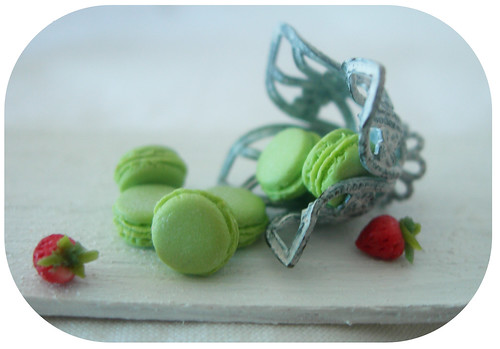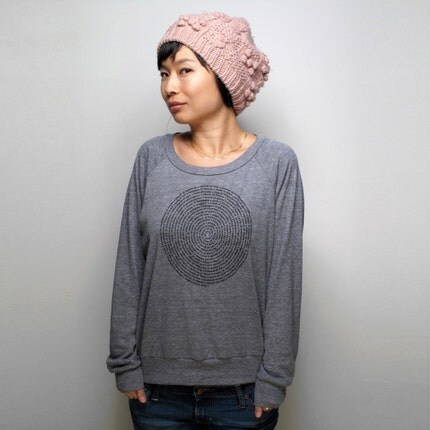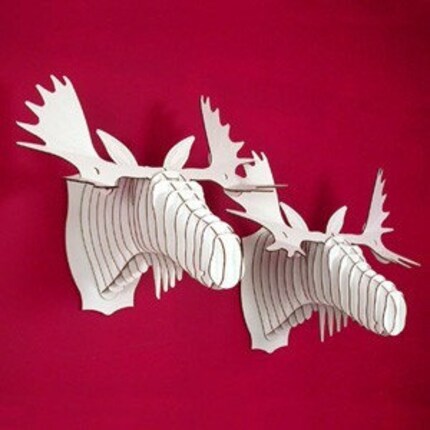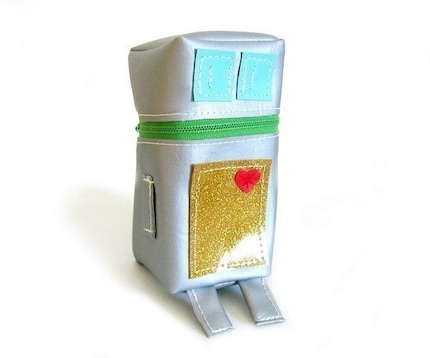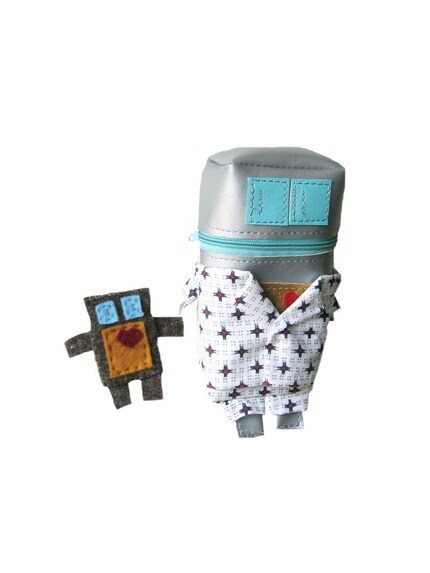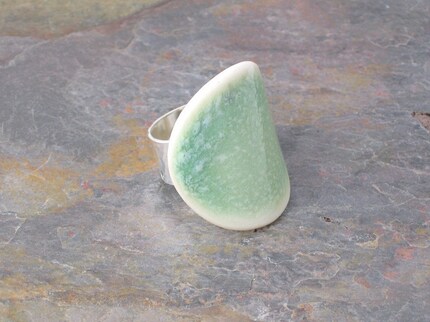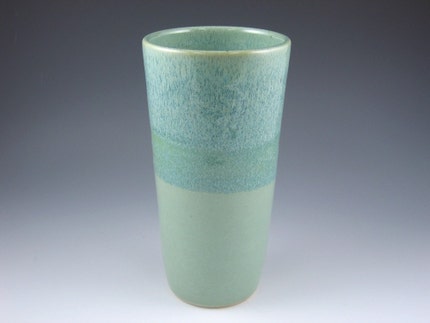Last Monday I received a phone call from my good friend Sarah. She was calling to invite me to spend a day with the interns from the Ignatius Community Shared Agriculture (CSA) farm in Guelph. I had been a member of the CSA for the past two years, but was not able to participate this summer since I am leaving town during peak harvest time. Sarah knows that I miss the CSA a lot and had made special arrangements for me to tag along on their fieldtrip. Also, she knew this particular trip would be of special interest to me because the first destination was the
Wellington Fibres Mill.
I know a little about the mill and I have knit with several of their yarns. One store carries their yarn and it happens to be my Local Yarn Store (LYS),
All Strung Out. Every time I'm at All Strung Out I end up in a conversation about Wellington Fibres. I've been meaning to get up to visit, but Elora is pretty far away when you don't have a vehicle. So, of course I jumped at the opportunity to visit and tour the farm with the interns.
We set out and the drive to Elora was quick. When we first arrived at the farm we met Lorne and Donna. They showed us their Angora goats and the little goats who had all been weened from their mothers last weekend. All of the goats were inside the barn because they don't like being wet at all and it was a bit rainy outside. I learned that the goats are named Angora goats because this is the region of Turkey from which they originated. The Sultan did not let any goats out of the country for a long time. I also learned that Angora goats produce mohair fibre while Angora rabbits produce angora fibre. This was actually something I had been wondering about for awhile. The little goats were all so cute. They were all very curious, but if anyone made a quick movement they would all scatter away. Sarah took some pictures, so I will add one here once she sends them.
After meeting the goats Lorne gave us a tour of the mill. The mill produces small batches of yarns which makes every colourway unique. Donna is the dyer and with many years of experience she has her dye recipes down pat. The mill processes and dyes all of their own mohair, blends it with various amounts of wool, and processes and dyes any special orders for customers. The mill is run on solar power. This is quite amazing considering how much hot water is required in a yarn mill. I took some notes about the process of turning newly shorn mohair into knitting yarn.
First, the fibre needs to be washed. It can't be agitated because it will felt with heat and friction. So, it sits in soaker tubs full of hot water and orange oil based cleaner. The water is changed every 30 minutes until the batch of fibre has soaked 3 or 4 times, depending on the amount of dirt and organic matter that needs to be removed. It then drys on large racks until it is almost dry.
Next, the fibre goes through the picker. This fluffs up all of the fibres and removes any remaining straw. The picker blows the fibre into a little room. It comes out of the picker with the consistency of dandelion fluff and it can be very static-y since most of the natural oils have been removed in the washing process. At this point, the fibre is lubricated with a spray of oils and water.
Lorne likes to blend fibres from different animals in order to combine the favourable traits from each species. This also helps to overcome the less-favourable traits associated with each type of fibre. For example, wool from sheep is very light and lofty and has a very strong 'memory'. No matter what you do to wool it will eventually find its way back to its original state. Wool fibres have barbs that point outward. This prevents colour and light from reflecting back to our eyes so wool will appear matte. Mohair, on the other hand, has fibres that bend inward; light and colour reflect back to our eyes at a higher rate than wool so the fibre appears shiny and vibrant. Mohair is also very heavy. If you make a mohair sweater the sleeves would just continue to grow and nothing you could do would bring the sweater back to its original shape. So, Lorne combines the shiny, vibrant mohair with the light, lofty wool. This makes a nice yarn that drapes well, but also retains the garment's shape.
After the wool has been picked and gathered from the tiny room it is placed on a conveyor belt that moves it through the English-made carding machine. This machine removes all of the short, broken fibres and any remain bits and pieces that don't belong in the final product. Carding lines up the fibres and creates a roving or sliver. Sliver is a new term for me, but both terms refer to a long bundle of fibre that is ready to spin. The special carder that Lorne and Donna have is designed so that they can easily change the colour of fibre coming through the carder and it will not contaminate the next roving. On average, they probably run about three colours through the carder each day. This is an unusual trait for a carding machine, but enables them to work with very small and diverse batches of fibre.
Next the roving runs through the pin drafter three times. Drafting makes the roving uniform and smooths out all of the thick and thin areas. A needle pin combs the fibres and heavy rollers stretch out the roving by about 4.5 times. The pin drafter lays the drafted roving into a canister, forming coils with no twist because the coiler rotates one way and the canister itself rotates in the opposite direction. The yarn that is produced in this mill is worsted meaning that the fibres are combed a lot so that they all run parallel to one another in the final product. If the fibres were not combed as much and the fibres were all higedly pigedly in the roving the final product would be called a woolen yarn.
The coils of roving are very beautiful. Sarah took some pictures and I'll add them as soon as possible. Once everything is straightened out, drafted, and combed, the roving goes onto the spinning frame. This machine is set with a certain draft (length) and twist per inch. Everything is based on very concise mathematics. Lorne knows all of the numbers. For example, lace roving would give about 10 yards of yarn for every half ounce of fibre. This machine spins all of the yarn onto bobbins in single plys.
Once the required amount of roving is spun, the bobbins are transferred onto the plying machine. This is where the different types of wool are made depending on the number of plys, how different plays are put together, and the types of fibre that are plied together. The ply machine has three drive shafts (generally they only have two) and is German made. The extra drive shaft allows Lorne to make some different types of yarn, such as boucle (a yarn that has little loops down its length).
After all of this, the yarn is skeined. It must hang straight in a skein. A straight-hanging skein has the energy of the ply balanced with the energy in the twist and will make nice, straight garments. If either the twist or the ply is stronger than the other any garment produced will turn out crooked (due to the memory of the wool).
There are a few other tricks that Lorne mentioned as well. Wellington Fibres brushes most of their finished yarns. This gives it a beautiful, fluffy, puffy feel. I love that about their yarns. It is so pleasant to work with and to wear. This softens the fibres by locking the barbs of the mohair in. They also make an interesting Lopi wool. Icelandic sheep have thick guard hairs in order to survive the cold, long winters. If this guard hair is not removed, the yarn can be scratchy and heavy. This single ply, low twist yarn is a traditional Lopi wool. It is excellent for making felt or heavy, water-resistant sweaters. Lorne makes a Lopi, but replaces the sheep gaurd hair with a component of the mohair. This makes a nice, low-twist, rugged wool that is still great for felting and sweater knitting.
After all of this, we only had a few quick minutes to check out the shop. The Wellington Fibre Mill shop is bright and open. I would love to take a class there. They have all sorts of looms and spinning wheels as well. Before we headed out on the rest of the trip I managed to purchase two skeins of periwinkle blue (more of a blueberry blue) mohair/wool blend.
This picture does not do the yarn justice:

The next stop on our journey was the
Elmira Produce Auction Cooperation. This organization is owned by the farming community in Elmira. It provides an outlet for local farms to sell this produce, rather than traveling to to Ontario Food Terminal in Toronto. This is very important for the rural Mennonite community who may not have the means to make the trip to Toronto each week. The entire auction process is really mind-boggling to me. I suppose participating is something you have to practice a bit. The just moved through the produce and flowers so quickly. I couldn't tell who was buying what, let alone for what price.
After being confused by the auction, we made a quick visit to
Diversity Gardens. The garden was beautiful and certainly diverse. There were fat raspberries everywhere. Unfortunately, the amount of rain we have had this year has watered their flavour down a bit. The stop was nice, but the mosquitoes were out. This is something I am not used to at all this year since I've been tucked away, safe and sound, from the outdoors for such a long time. We continued our drive to visit
Pfennings Farm.
Pfennings is a huge operation. Probably the biggest organic operation in Ontario. Before taking a tour we sat and had lunch. The CSA interns take turns preparing lunch each day and the food was fantastic. We ate many veggie from the farm, including roasted peppers, zucchini, and eggplants on bagels, and an incredible summer salad with tomatoes, parsley, so many other delicious ingredients. I brought the dessert: Lindt chocolate from one of my Rav pals and cookies from Saunder's bakery in Rockwood. Andrew and I had checked out my research plots the day before and had a chance to stop by. It's been awhile since I've shopped at Saunder's and it's definitely one of the things I miss about working in the field. Once lunch was finished one of the farm employees, Neville, took us on a driving tour of the five farms Pfennings operates. We saw giant cabbages, onions of every variety, rows upon rows of carrots, and all of the various machinery it takes to prepare the fields, plant, harvest, clean, sort, and package the produce. The entire tour was very impressive.
Once we returned to Ignatius, I had tea with Sarah in the sun room of the intern's house. It was really a great day and I'm so glad that I had the chance to tag along.
These are the three little guys Sarah gave to me from the CSA. They were turned into coleslaw. yum.






























